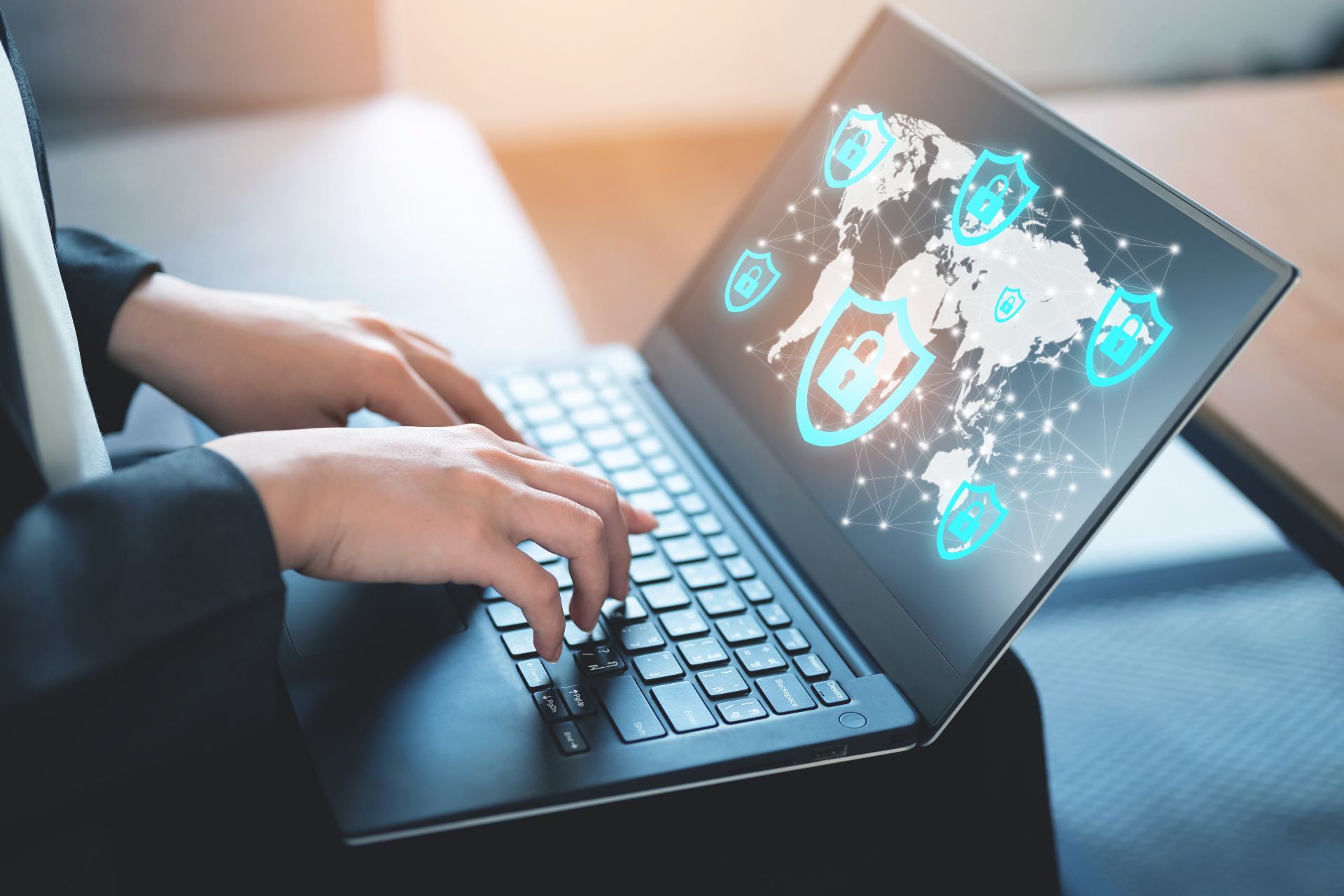

Case studies
Delivering change
to businesses worldwide

VCG delivers invaluable support to Kwik Fit
<em>"VCG is a trusted provider with a great reputation for technical expertise and service delivery. The team is adaptable, very easy to work with and have quickly become a valued partner. The reporting has been strong. When an issue happens, getting people together to resolve it has been quick and effective. The partnership has made a positive impact on our business operations."</em>

Page Group deploy wireless guest network across 41 EU sites
VCG have transformed our guest and user experience. It’s an un-written rule that users expect fast and reliable internet access, and now we deliver on that expectation. Operating from the cloud means we can manage all EU sites centrally, and protect our investment with integration of new sites in the future.
Xavier Veral Martinez, EU Network and VoIP Manager

